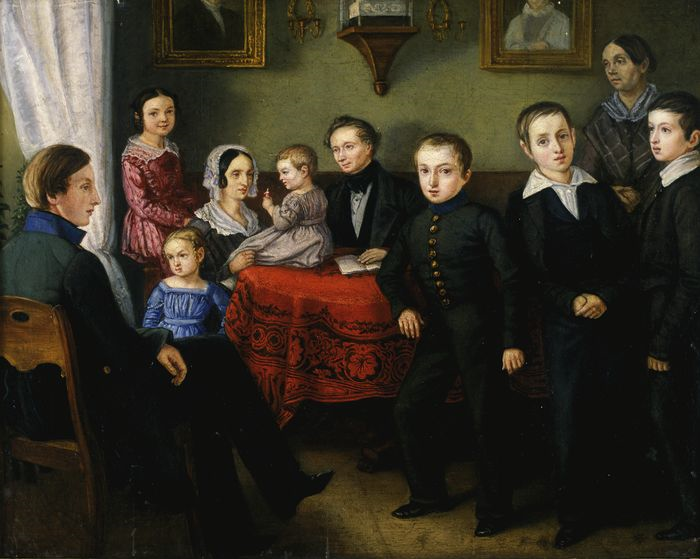August Georg Wilhelm Pezold on:
[Wikipedia]
[Google]
[Amazon]

 August Georg Wilhelm Pezold (9 August 1794,
August Georg Wilhelm Pezold (9 August 1794,
@ Kunstnikud. After that, he decided to devote himself to art and accompanied his friend, Otto Friedrich Ignatius, to Berlin, where they enrolled at the
Works
at the Eesti Kunstimuuseum
Biography
@ the Kulturportal West-Ost {{DEFAULTSORT:Pezold, August Georg Wilhelm 1794 births 1859 deaths People from Rakvere People from the Governorate of Estonia Baltic-German people Estonian painters Portrait painters 19th-century lithographers German lithographers Estonian lithographers 19th-century German artists

 August Georg Wilhelm Pezold (9 August 1794,
August Georg Wilhelm Pezold (9 August 1794, Rakvere
Rakvere is a town in northern Estonia and the administrative centre of the Lääne-Viru ''maakond'' (county), 20 km south of the Gulf of Finland of the Baltic Sea. Rakvere is the 8th most populous urban area in Estonia. Rakvere has a tota ...
– 12 March 1859, Saint Petersburg
Saint Petersburg ( rus, links=no, Санкт-Петербург, a=Ru-Sankt Peterburg Leningrad Petrograd Piter.ogg, r=Sankt-Peterburg, p=ˈsankt pʲɪtʲɪrˈburk), formerly known as Petrograd (1914–1924) and later Leningrad (1924–1991), i ...
) was a Baltic-German
Baltic Germans (german: Deutsch-Balten or , later ) were Germans, ethnic German inhabitants of the eastern shores of the Baltic Sea, in what today are Estonia and Latvia. Since their coerced resettlement in 1939, Baltic Germans have markedly ...
painter and lithographer
Lithography () is a planographic method of printing originally based on the immiscibility of oil and water. The printing is from a stone (lithographic limestone) or a metal plate with a smooth surface. It was invented in 1796 by the German a ...
.
Biography
His father was a doctor. Both of his parents died while he was still a child and he was raised by the Rehbinder family (former patients of his father) at their estate inUdriku
Udriku is a village in Kadrina Parish, Lääne-Viru County, northeastern Estonia, where the Udriku manor, a national architectural monument built in the early nineteenth century, is situated.
Udriku manor
Udriku estate (german: Uddrich) was foun ...
. He then attended the "Domschule" (Cathedral School) in Tallinn
Tallinn () is the most populous and capital city of Estonia. Situated on a bay in north Estonia, on the shore of the Gulf of Finland of the Baltic Sea, Tallinn has a population of 437,811 (as of 2022) and administratively lies in the Harju ' ...
.
From 1812 to 1814, he followed in his father's footsteps; studying medicine at the University of Dorpat (Tartu).Brief biography@ Kunstnikud. After that, he decided to devote himself to art and accompanied his friend, Otto Friedrich Ignatius, to Berlin, where they enrolled at the
Academy of Arts
An academy (Attic Greek: Ἀκαδήμεια; Koine Greek Ἀκαδημία) is an institution of secondary or tertiary higher learning (and generally also research or honorary membership). The name traces back to Plato's school of philosophy, f ...
.
From 1815 to 1816, he studied at the Academy of Fine Arts Vienna. After a year there he, Ignatius and Gustav Adolf Hippius spent two years travelling in Italy, then a year in Switzerland. After detours to Paris and London, he returned to Estonia in 1821.
He worked primarily as a portrait painter, both there and in Livonia; primarily Riga
Riga (; lv, Rīga , liv, Rīgõ) is the capital and largest city of Latvia and is home to 605,802 inhabitants which is a third of Latvia's population. The city lies on the Gulf of Riga at the mouth of the Daugava river where it meets the Ba ...
. From 1824 to 1830, he was a drawing teacher at the Smolny Institute in Saint Petersburg. He later travelled throughout central Europe and Finland but had to return home in 1837, due to the accidental deaths of two of his sons and his wife's subsequent illness. He was named a "free-artist" by the University of Saint Petersburg in 1839.
In 1842, he became one of the founders of the "Estonian Literary Society" and began teaching at the University in Saint Petersburg. In 1854, he was appointed a member of the Imperial Academy of Arts
The Russian Academy of Arts, informally known as the Saint Petersburg Academy of Arts, was an art academy in Saint Petersburg, founded in 1757 by the founder of the Imperial Moscow University Ivan Shuvalov under the name ''Academy of the Thre ...
.
In addition to his portraits and some landscapes, he painted scenes of rural life and the peasantry in what later would be called the Naïve style. He has also been referred to as a practitioner of Estonian Biedermeier
The ''Biedermeier'' period was an era in Central Europe between 1815 and 1848 during which the middle class grew in number and the arts appealed to common sensibilities. It began with the Congress of Vienna at the end of the Napoleonic Wars in ...
.
References
External links
Works
at the Eesti Kunstimuuseum
Biography
@ the Kulturportal West-Ost {{DEFAULTSORT:Pezold, August Georg Wilhelm 1794 births 1859 deaths People from Rakvere People from the Governorate of Estonia Baltic-German people Estonian painters Portrait painters 19th-century lithographers German lithographers Estonian lithographers 19th-century German artists